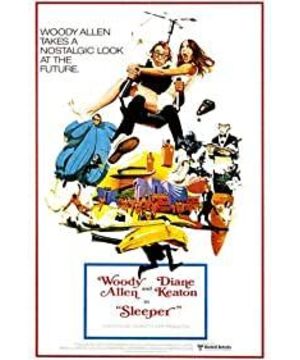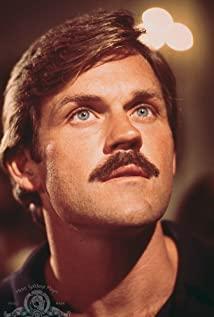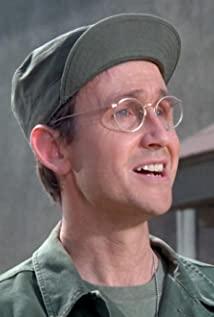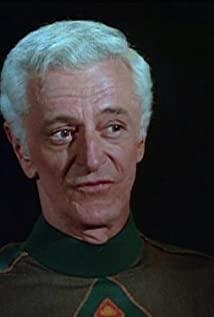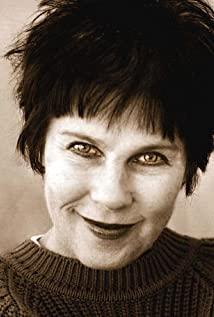Today is the 86th birthday of the old man Woody Allen, thinking that he should write down the meaning of his movie.
Today, when talking about Woody Allen, the most mentioned may be the exquisite works such as "Midnight Paris", "Midnight Barcelona", "Blue Jasmine" and so on. Friends who are veteran movie fans will admire the classic works such as "Anne Hall", "Love and Death" and "Manhattan" that he collaborated with Diane Keaton in the 1970s.
But what I want to talk about today is an early work by Woody Allen-"Fools Harassing Science City". I personally feel that this movie has three special features: First, this is the rare work of Woody Allen with sci-fi elements; second, this is the first time Woody Allen has interacted with Diane as a director. Keaton collaborated; third, after this movie, Woody Allen entered the creative maturity period of "Love and Death" and "Anne Hall", and his personal style gradually formed.
Now when people talk about the movie style of Woody Allen, the first reaction may be "talking" and "sarcasm", so many people may forget that Woody Allen is an excellent comedy creator. He is also an outstanding comedian.
In "Fools in Science City", Woody Allen showed his extremely exaggerated and appropriate body language. The comic effect is not bad, and it is obvious that there are traces of the inheritance of the masters of the silent film era.
In terms of the story, "Fools in the City of Science" is just a shell of science fiction elements. In fact, the whole film reveals Woody Allen’s doubts and jokes about modern science, the "simplified" orgasm. Machines, plasticine-like futuristic food, poorly shaped robots, and their own rocket launchers can only be blown into each launch. Science in the movie almost crushed human civilization with one foot.
Of course, the object of Woody Allen's banter is far more than science. The irony of the political system, the servants respect a nose of the head of state as gods, and ridicule the authority, the leader of the underground organization will inevitably be the next tyrant. The ridicule of the middle class, he thought that the life of poetry and wine was really empty and stupid, and he was dismissive of religious culture.
When Diane Keaton asked Woody Allen what he believed at the end of the film, the little man who had traveled through 200 years of civilization replied "sex and death", then the two kissed, and the film ended abruptly. Stop, the meaning is still unfinished.
Woody Allen in the period of "Fools in Science City" seems to me that his creative intention is nothing more than the word "excitement". He put all the brains he wanted to express into the sci-fi shell of this ghost horse, and said it all. It's fun, and I have no intention of ending it. This may affect the artistry of his work, but it does not reduce its interest.
Woody Allen of this period has the style of "talking", the density of lines is extremely high, the amount of information is also great, the whole film is innumerable, the two protagonists reversed "Train of Desire", positive To ridicule de Gaulle, Fitzgerald and Chiang Kai-shek, the green light AI seems to echo Hal 9000?
Even in the "vacuum period" of dense lines, Woody Allen let the soundtrack play the role of the lines. Most of the BGM in the film is brisk rhythm and humorous melody, often with Woody Allen's witty limbs. Action, the two complement each other.
In general, "Fools in Science City" is a restrained but purely vulgar comedy, an upgrade of Woody Allen after his early comedies, but at the same time "Fools in Science City" is also Woody Allen’s personal style has formed a foreshadowing. Looking at it now, those crooked brains that make people smile have already been traced.
View more about Sleeper reviews


